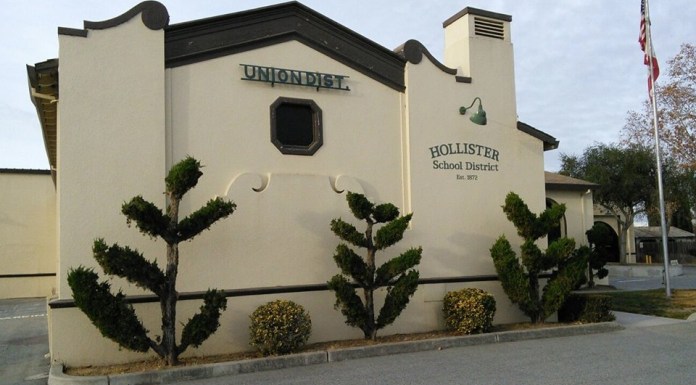Courtesy of the Hollister School District
The Hollister School District has embraced the Restorative Circles approach to social-emotional learning with the help of educational consultant Ymasumac Marañón Davis.
Marañón oversees workshops with families and students, along with training for teachers, to assist all stakeholders in dealing with emotional issues on local middle school campuses.

“All of them are centered around these tools that are really meant to help individuals become more aware of their social-emotional selves so they can really learn more about, what are emotions?” she said. “How do we work with emotions? How do we learn about managing our inner reality? Our inner reality often impacts our outer reality.”
With the assistance of a grant, the educational consultant runs workshops for families. For students, she oversees something called Student Restorative Circles. The idea originates from the Restorative Justice model, which centers around the idea of restoring the whole human being, she said. Under the model, students meet in a circle for an hour once a week for six weeks.
“There’s a space for them to talk about things,” Marañón said. “We have a tool that helps them see anger is connected to other emotions. Most likely it’s because they’re feeling sad or in fear, but skipped over that emotion and went right to anger.”
She noted how at the end of six weeks, the students are asked to come back and help to facilitate the next group of students.
Marañón mentioned that the program is voluntary. She works with school counselors to select students and emphasized the choices are “not just based on discipline concerns.”
“It’s nice to have a good mix of students. Diversity is key to learning” she said.
She said the reason her team works with families is to create a confluence between learning that is happening at home and school. Otherwise, whatever happens at home can potentially create a disconnect for students who are learning to be in tune with their social-emotional selves. She said they try to connect families to the program whose children are involved with Student Restorative Circles.
As a whole, Restorative Justice moves away from a traditionally punitive model.
“In Restorative Justice, the questions shift,” she said. “Who was harmed? What are the needs and responsibilities of everyone impacted? Then how do all of the impacted people come together and address the needs and responsibilities in order to heal the harm that was done?”
One of the middle schools employing the Student Restorative Circles model is Rancho San Justo Middle School. Principal Antonio Vela says the program has been “very promising” on campus.
“I would say we have come a long way in our understanding about what works,” Vela said.
He said Rancho San Justo educators have incorporated the work of Marañón in addressing such issues.
Accountability and punishment are really two separate things, he said.
“We are taking the learning and we are implementing what works for us here at Rancho,” said Vela.
He said it is important to recognize that culture change, such as these restorative approaches, doesn’t happen overnight.
“The way we get students to that point is by building trusting relationships with them. That simply takes time,” Vela said.
Vela said the programming goes well with another modern approach used at Rancho, the Positive Behavior Interventions and Support (PBIS).
“It fits nicely with our school philosophy of how we work with students,” he said.










